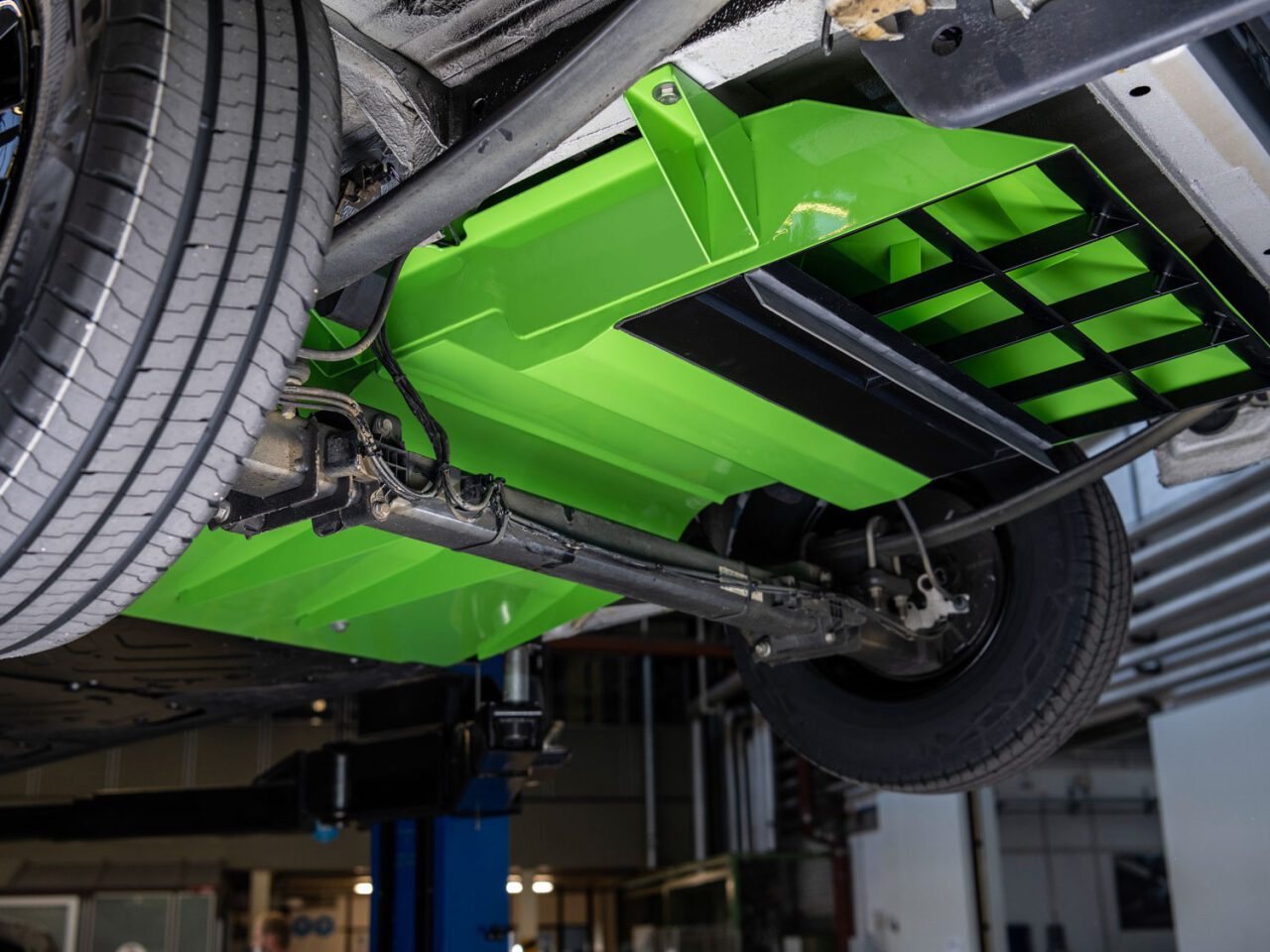
Third Andritz contract from Yanpai
Efficiency of the new filter system increases with higher levels of particle pollution.

4th November 2021
Innovation in Textiles
|
Ludwigsburg, Germany
An entirely new application for nonwoven fabrics has recently been pioneered by Germany’s Mann+Hummel, as the basis for fine dust particle filters for vehicles.
These are now being pioneered by Mercedes Benz Vans on the latest Sustaineer demonstrator urban delivery vehicle. The filters, fitted on both the front-end module and the underbody, reduce the vehicle’s particulate emissions by more than 50%.
“We are very pleased to be part of such a promising project that uses different solutions to improve air quality,” said Markus Kolczyk, vice president of original equipment global engineering at Mann+Hummel. “Our two fine dust particle filters significantly improve the fine dust balance – the poorer the air quality, the more effective the filtration is. “Laboratory tests and simulations have confirmed this effect several times. Emission-free driving and delivery in the inner city are therefore within reach.”

The underbody fine dust particle filter is located in the area of the rear axle where one of the biggest concentrations of particulate matter in the vicinity of the vehicle can be found. The passive filter traps the particles stirred up by the moving van and other vehicles. An optimised air duct system ensures the best possible cleaning effect.
The second filter is integrated in the front-end module and works in combination with the existing extractor fan to filter fine particles from the air. This not only purifies the air using the airflow around the vehicle when driving, but also filters particulates from the surrounding air when the vehicle is travelling at low speed or being charged while stationary.
Sensor
Additionally, the vehicle is fitted with a fine particle sensor. This can measure the concentration of fine particles in the air and control the filtration level accordingly, in order to maintain a target state. It also allows the vehicle to be used as a mobile monitoring station. The filter elements can easily be removed and replaced during annual servicing.
The front-end module and underbody filters reduce fine particulate emissions in the direct vicinity of the vehicle up to a particle size of ten micrometres (PM10) by over 50% – 35% during charging and 15% while driving. The efficiency of the filtration system increases further when there is a higher level of particle pollution. This means that in urban areas with poorer air quality, far greater quantities of fine particles can be filtered out.
Experts are agreed that the air in cities must be improved and the World Health Organization (WHO) has just issued its new guidelines recommending a significant reduction in nitrogen dioxide and particulate matter levels.

Business intelligence for the fibre, textiles and apparel industries: technologies, innovations, markets, investments, trade policy, sourcing, strategy...
Find out more